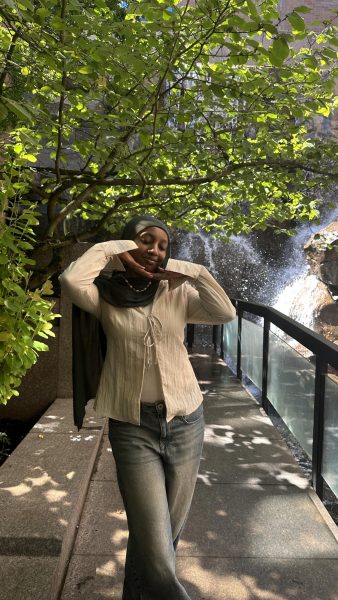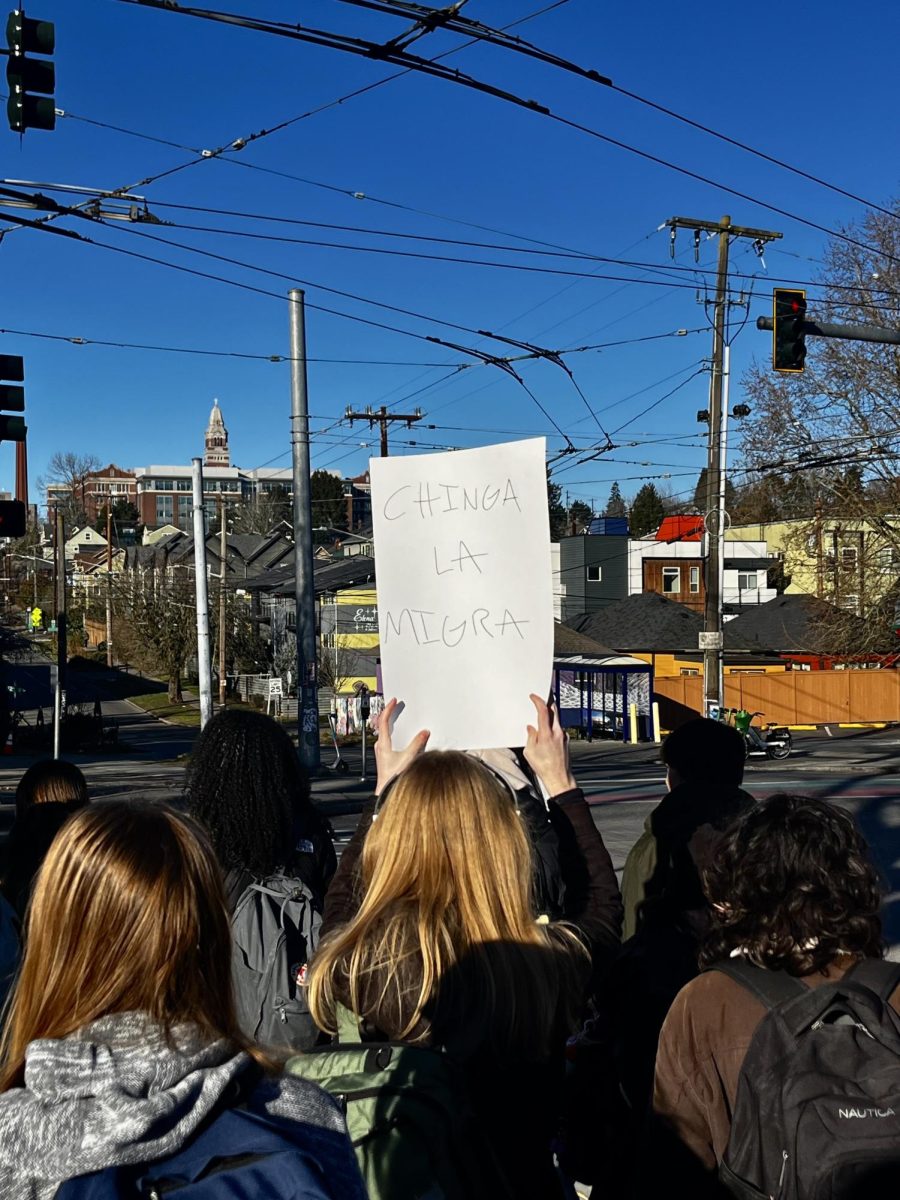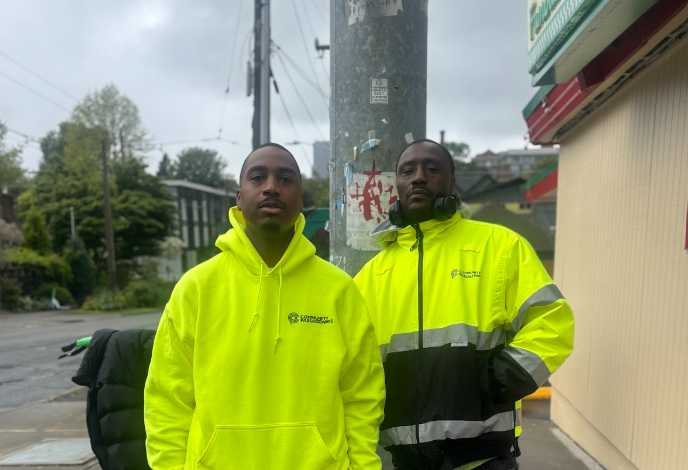Since resuming office in January 2025, President Donald Trump has implemented a series of immigration policies aimed at expanding and intensifying the authority of the Immigration and Customs Enforcement (ICE). Although these immigration initiatives have yet to be classified as executive orders, their mere existence has already begun to impact students and families at Garfield.
According to the American Immigration Council, President Donald Trump issued ten executive orders and proclamations on Jan. 25th seeking to change the face of U.S. immigration law. Key initiatives such as Operation Safeguard have resulted in thousands of arrests in major metropolitan areas, particularly affecting sanctuary cities such as Chicago, Los Angeles, and Seattle. Sanctuary cities, which previously limited their association with federal immigration authorities, are now facing legal challenges as the federal government pressures them to comply with stricter immigration enforcement.
“I think that whether or not they become law is a question of how well our democracy as a whole stands up to the things that a president is legally allowed to do,” James Rees, Garfield’s Academic Intervention Specialist said. “The threat of [Trump’s initiatives] becoming law is its own reality.” For many, this reality has brought about a sense of fear and uncertainty, preventing the spread of important information to the people who need it most: Garfield students and families with migrant backgrounds. “There are totally varying degrees of trust in public institutions, especially with families who have language barriers,” Rees said.
As a Multi-Language Learning (MLL) teacher at Garfield, Rees works with students and families whose first languages may not be English, some having migrated to the U.S. within the last ten years. Although Garfield’s MLL and language faculty plan to hold an information session to discuss Trump’s initiatives with at-risk students and families, Rees explained that part of the difficulty in spreading information lies in finding a happy medium between communication and comfortability. “There’s this balance of how you communicate and to whom,” Rees said.
To work around roadblocks considering the potential exposure a meeting could bring to individuals with migrant backgrounds, Garfield’s MLL and language faculty have begun to spread awareness using informational cards. These small, laminated cards remind students of their constitutional rights to privacy in the event they are approached and/or questioned by ICE personnel. “We’re just giving them out like mad,” MLL teacher Gretchen Sloan said, “but we need a better system in place, right?” Teachers and staff aren’t the only people taking a stand against Trump’s immigration initiatives. Samadi Gonzalez Garcia, president of Razas Unidas, explained that many student-run organizations at Garfield have been spreading the word at club meetings and through posts on social media. “We just try to educate the community,” Garcia said. “This is not a situation where it’s an individual issue, it’s not only one community affected.” There are many ways in which members of Garfield’s circle who are not directly targeted by Trump’s initiatives can help protect those that are. Mrs. Sloan urged all students to report and record any instances of ICE presence at or around Garfield. “You can take a picture of their license plate, you can take a picture of their badge, you can record within your rights,” Sloan said. In addition to safety, students can lean further into the language programs offered at Garfield in order to support the multilingual student body. Rees reports that only about eighteen staff members are currently fluent in languages other than English, a small number compared to the population of more than 160 MLL students at Garfield. “Having this be a sense of urgency that compels more people to engage in Spanish class would be huge,” Rees said.
On February 12th, a student-led walkout took to the intersection of E Jefferson and 23rd to protest the threat of ICE presence at Garfield. Speculations that an ICE representative would be present at school on the morning of the 12th began to circulate throughout Garfield, causing feelings of unrest and confusion for both students and staff. “As much as we’d like to be able to trust our administration,” said an anonymous ICE protester, “it’s hard to do so when there’s so many mixed messages.” In an email prior to the walkout, Garfield principal Dr. Hart attempted to reassure the community that the building remains a safe place for all students and faculty. To keep it this way, however, the Bulldogs must continue to stay informed and unified. “I don’t think [ICE] is coming as much to cities like ours or schools like ours because they know we’re gonna fight,” Sloan said. “I think they just know we’re gonna put up hell.”
Categories:
Taking Initiative
Garfield students and staff respond to Trump’s 2025 immigration initiatives.
More to Discover
About the Contributors

Mabel Dunham (she/her), Staff
As a senior at Garfield, it’s Mabel’s first year writing for the Messenger. She’s pumped to try some new things and interact with all sorts of people. Mabel enjoys spending her free time in the outdoors; you can often find her on the trail. In addition to writing, she’s passionate about music, softball, and filmography. Her favorite snack food, although controversial, is ketchup chips.

Meriyem is a junior student currently doing Running Start. She has a strong passion for photography, capturing moments that tell unique stories. Meriyem also enjoys exploring new coffee spots, always on the lookout for that perfect cup. Interesting stories and conversations filled with new ideas and perspectives keep her alive!








